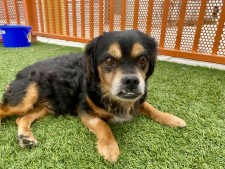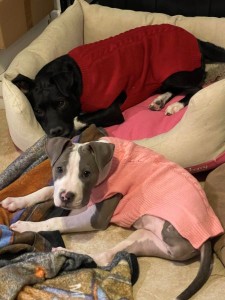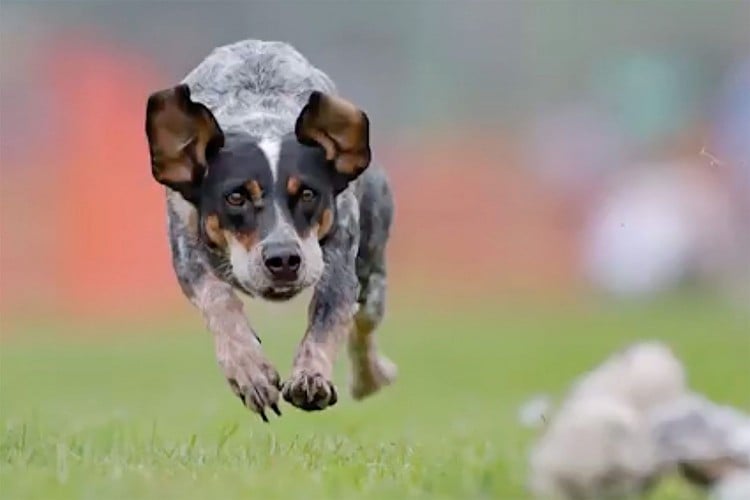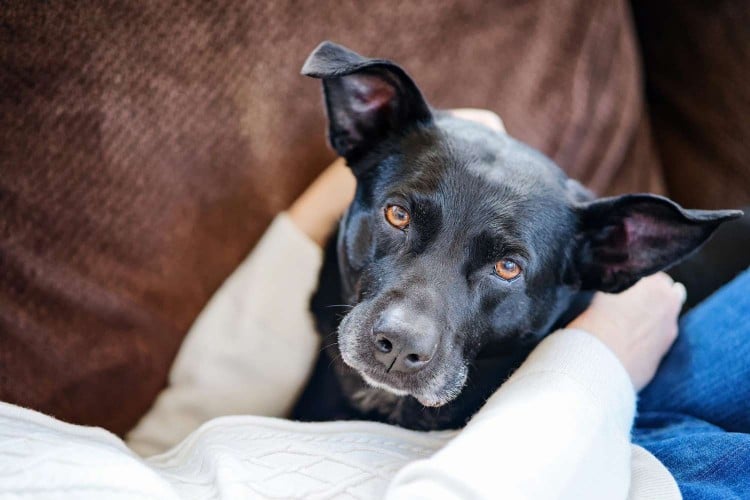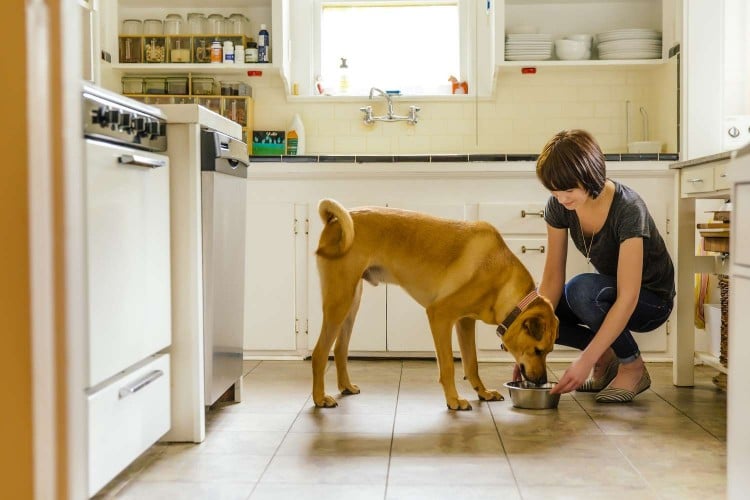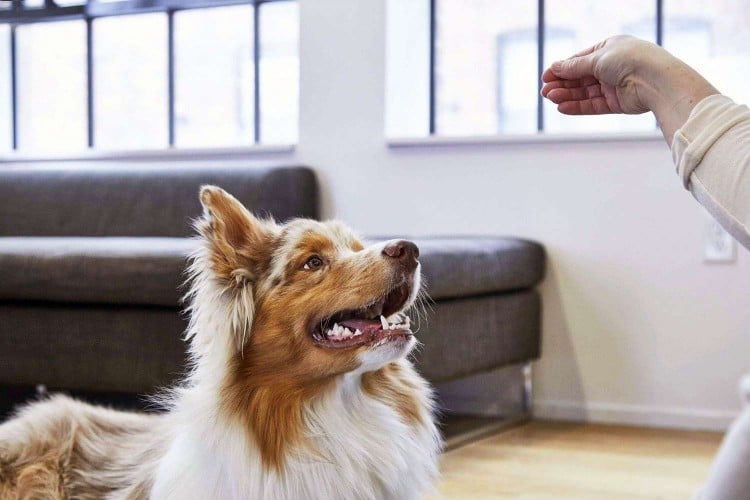
One of the many wonderful things about dogs is they are excellent learners. We can teach them all sorts of things, whether they be skills they need to be successful in the human world or neat tricks. The "roll over" cue is something we can teach our dogs that is one part useful and two parts cute. This cue functions as a way to check your dog for issues on the tummy such as ticks or mats and it is a fun trick your dog can show off, making you drool over the cuteness while sharing your dinner (your dog is training you!).
To begin this cue, your dog should be able to respond to a "down" cue (lie down) without any issue. You should also consider your dog's comfort; dogs that are deep chested (like many hound breeds) have a very prominent spine and rolling completely over is uncomfortable for them.
With these easy steps, and with awesome power of positive reinforcement, your dog will be rolling their way into everyone's hearts in no time.
What You Need to Get Started
Pick a Reinforcer for Your Dog
Select a reinforcer to provide your dog as they learn and make great choices. A great reinforcer should be something your dog loves, is small, and easy to provide repeatedly. For 99% of dogs this is some kind of food item like a treat. Things like cut-up hotdogs, small pieces of cheese or lunch meat, or store-bought training treats are good options.
Make an Effective Marker
A marker (bridge or bridging stimulus) is a sound or hand signal that denotes the exact moment your dog did something that earned them a reinforcer (the treat). A clicker is a great example of this. If you don't have a clicker you can just use a word like "yes" or "good" but pick one and stick to it. Mark the behavior the second you see it. The more accurate and quick your mark is, the more effective your teaching becomes.
6 Steps to Teach Your Dog to Roll Over on Cue
01 of 06Ask Your Dog to "Down"
Begin by asking your dog to lie down in front of you . Give them a treat and then kneel down beside them (near their head) and hold a treat in front of their nose.
02 of 06
Use a Treat to Lure Your Dog into Position
03 of 06
Lure Your Dog to His Side
With your dog now starting back in a "down" position, move your hand from their shoulder to their backbone. This should encourage them to roll to their side (he may begin to roll onto his back a bit, too). Mark and give a treat! Repeat this a few times.
04 of 06
Lure Your Dog onto His Back and "Over"
With your dog lying on his side again, now move your hand in a curved motion from their shoulder over their backbone. This should encourage them to roll onto their back and to their other side. Mark and give a treat!
05 of 06
Treat and Repeat
From the starting position of "down" repeat the motions until your dog anticipates your hand movement and begins to roll. Remember to mark and treat!
06 of 06
Remove the Lure and Add Your Hand Signal
Once your dog is consistently following the treat to roll over, remove the treat as a lure and only use your hand. This hand motion can become a "hand signal" for the "roll over" cue by reducing the amount of movement of your hand until your dog just responds to a simple hand signal. You can also add in a verbal cue such as "roll" or "over" right before you introduce your hand signal.
Tip: If your dog doesn't follow your treat lure try a different treat (something tastier and stinkier) and slow down your luring movement. Once your dog is reliably performing the cue, it is time to "fade the lure" and reserve the treat only for reinforcement.
Patience is key with this one! Don't move too fast or expect your dog to be able to do the entire cue in one training session. Always make sure your dog is comfortable with each position. Mark and treat for successful baby steps, making sure your dog is having fun and getting lots of tasty treats during the learning process.

